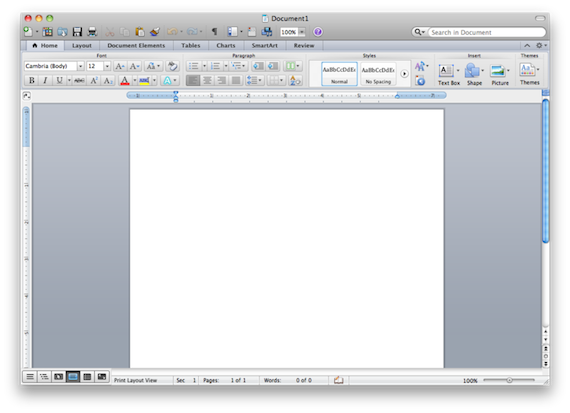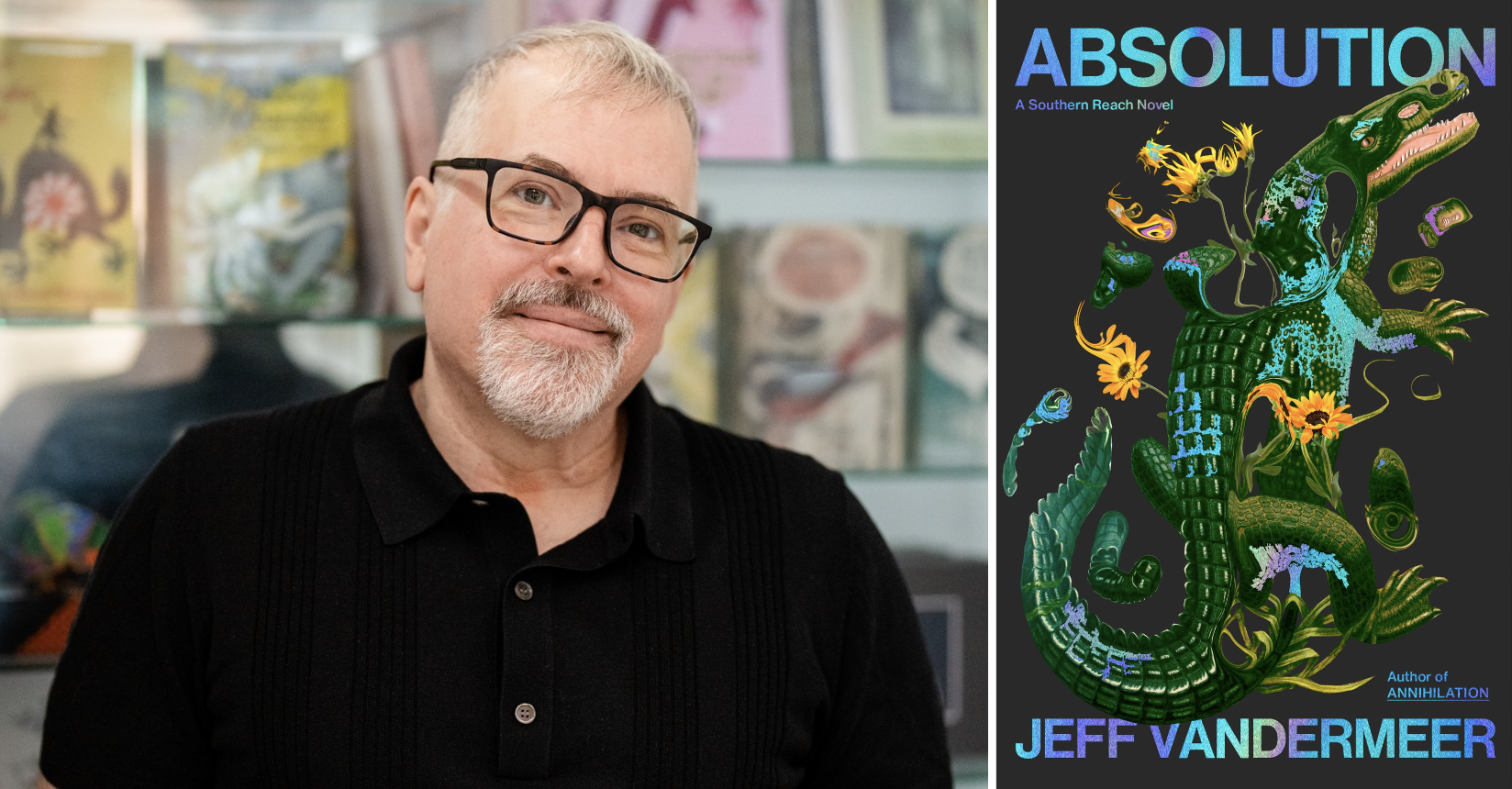
1. A Breadcrumb Trail of Recent US Writing and Publishing Stats
- 2012 fiction books published with an ISBN: adult fiction 67,254; YA and juvenile fiction 20,339
- 2012 Net book sales: $27.1 billion
- 2011 books published: traditionally published 347,178; self-published 235,000
- 76 percent of all books released in 2008 were self-published
- Roughly 50 percent of all fiction published (traditional or self-published) is a romance, mystery, sci-fi, or fantasy story
- 1900 independent bookstore locations in 2012
- 1 percent chance across all genres of a published book being stocked in a brick-and-mortar store
- 20 percent of all books sold in 2012 were e-books
- Approximately 185 U.S. institutions granting MFAs in fiction
- Best markets for fiction sales: New York, Los Angeles, Chicago, San Francisco, Washington D.C.
- 600-700 books received weekly by LA Times for review consideration
- 197,768 self-reporting writers in 2009
- 39 percent increase between 1990 and 2005 in the number of writers and authors
Sources: Publishers Weekly, “Artists and Arts Workers in the United States Findings from the American Community Survey” (2005-2009) and the “Quarterly Census of Employment and Wages” (2010), American Booksellers Association, Bowker Books in Print, Association of Writers and Writing Programs, Huffington Post, LA Times, The New York Times.
2. How Many Novelists are at Work in America?
Recently, the BBC reported that one in 10 Icelanders will publish a book at some point in their lives. Per capita, the island nation has more readers, writers, and books published than anywhere else on the planet. Since there are a little over 300,000 Icelanders, we can estimate that more than 30,000 writers are in various stages of germination, many of them novelists.
There are times when I feel like Austin, Texas, where I live, is a little like Reykjavik. Aspiring, failed, midlist, and commercially successful novelists abound and they all seem to frequent the same coffee shops, attend the same readings, and know the same people. A large Icelandic family might have to endure two or three writers at the same dinner table, but in Austin I can’t get my haircut or order a cortado without overhearing a plot summary. I’m exaggerating a little, but not by much. By all accounts, Brooklyn and Portland have it worse. But half of the Austinites I know are writing a book, most of them novels. (That I need to broaden my social circle goes without saying.) Recently, a friend — a blessed non-writer — asked me what he thought was a fairly straightforward question: How many novelists do you think are at work in America? He tossed it off casually, like he was asking about average rainfall or median house prices. He wanted a reasonable answer and I said I would have to get back to him. I carried the question around for weeks, rolling it over in my mind, afraid to look at it in broad daylight. The stats above reveal some of the breadcrumb trail as I tried to find an answer.
Before sifting through the numbers, I want to point out that there’s an inverse relationship between small business entrepreneurship and the number of people writing novels in America. While the number of self-employed Americans has been dropping for years and is considered by most economists to be in steady decline, the number of novelists continues to grow. There are more novels being written and published (traditionally and through self-publishing) than at any other time in U.S. history. A handful of novels were published during the writing of this paragraph.
That a novelist is nothing like a small business entrepreneur is rather obvious. For one thing, novelists typically don’t assess the market to see if there’s a demand for their labor of love before they begin production. If anything, the decision to write a novel is driven by a kind of secular faith. The process requires enormous amounts of time, energy, and heartache, with no guaranteed return on investment. Like belief in a higher power, the will to publish a novel ignores all the atheistic arguments and the cold hard numbers. Sure, there are some outliers and windfalls. But would anyone start the small business Novel-in-Progress if they knew that the average book in the U.S. sells less than 3,000 copies over its lifetime? Actually, yes, many of them would.
That every novelist occupies a magical realist mindset is worth considering. Annually, there are laments about the death of the novel or at least the death of the good and interesting and innovative novel. From what I can tell, though, there are a few hundred thousand American novelists who pay no attention to this cultural distress call. How many exactly?
Since self-publishing accounted for about 76 percent of all titles in 2008, and amounted to 291,000 titles across all genres in 2012, we should take the term novelist in the broadest possible sense. I’m referring to people who are actively writing novels with the intention of publication — either through self-publishing channels or through traditional publishing houses. (I realize this is a broad definition; one might argue a novelist has to have published a novel to be called that. But most dictionary definitions simply state that a novelist is “a person who writes novels.”)
My numbers include reported statistics, educated estimates provided by reliable sources, and personal extrapolations. One limitation is that Bowker Books in Print tracks titles by ISBN number, so we don’t always know exactly which reported titles are self-published or traditionally published. Of course, many self-published books never bother with obtaining an ISBN for a print or e-book. Also, there isn’t a separate category just for adult novels. “Adult fiction,” as reported by Bowker, includes novels, short story collections, and graphic novels written specifically for the adult market.
Now, let’s grapple for The Number…
Let’s start with how many people report being a writer or an author. For NEA statistics, survey respondents identified writing as their “primary” job. Their estimate for 2009 was 197,768 self-reporting writers and authors. The U.S. Bureau of Labor Statistics uses a similar category and pegs the number for 2010 at 145,900, with 68 percent being self-employed. For both agencies, “writing” includes advertising writers, authors, biographers, copywriters, crossword-puzzle creators, film writers, magazine writers, novelists, playwrights, sports writers, and lyricists. (By the way, according to the NEA stats, there are about 9,000 self-reporting writers living in Texas and I’m pretty sure 8,500 of them live in my Austin neighborhood.) Now, not every self-reporting writer is a novelist or earning any living from fiction. What about the engineers and dentists writing a bildungsroman on the weekends? There’s no way to accurately account for them. (They might be partially captured in readership numbers for periodicals like Poets & Writers, which has a readership of 100,000, with 63 percent of readers reporting that they write fiction.)
So let’s turn to the number of self-published and traditionally published works of fiction in 2012: 67,254 for adult fiction, 2,200 for young adult, and 13,297 for juvenile fiction. These include anything published with an ISBN number, either self-published or from a traditional publisher. Since the juvenile market isn’t known for its novels, we can assume that the adult fiction and young adult novels account for no more than 70,000 titles. Assuming most writers can’t turn out a book every year, an average of a book every 3 years would be the high end (James Salter’s most recent book ended a 30-year stretch without a novel). So let’s say or imagine there’s a pool of 210,000 writers producing fiction with an ISBN number. There are obvious problems with this number. For one thing, it doesn’t properly account for new entrants into the market. What about the couple thousand fiction MFA graduates each year who are getting up early to write their novels before a non-literary day job? Also, we need to take out short stories and graphic novels from the 70,000 yearly titles. And we need to add in self-publishers without an ISBN.
Can we agree on a low-end pool of 250,000 active novelists? If I had to account for all the people writing novels that will never see the light of day, in either self-published or published form, I’d put that number at one million. That’s less than a third of one percent of the population. Established novelists and jaded critics, take heart.
What if we want to know about novelists publishing only in mainstream presses? If we go back to 2002, before the dramatic rise of self-publishing, we might get some insight. In 2002, 25,000 fiction titles were published. We can assume the vast majority of these were from mainstream and small presses, not through self-publishing channels. If the same ratios hold for today as compared to 2002, then adult fiction from mainstream publishing would account for 18,700 titles. Half of that is so-called “genre” fiction. So let’s call “literary novels” a little under 10,000.
Getting back to my inquisitive non-writer friend, the real answer is that no one knows exactly how many novelists are at work in America. We can guess and infer and extrapolate. The truth is that no one’s ever asked the question of the U.S. population in any organized way. There’s never been a “novelist” box to check on a tax form or on a state agency survey. After studying the data, I’m inclined to think there’s a million people writing novels, a quarter of a million actively publishing them in some form, and about 50,000 publishing them with mainstream and small, traditional presses. Then again, I have a novelist’s penchant for rounding numbers for the sake of narrative convenience. Putting the numbers aside, what we do know is that there’s an army of folks writing novels — some bad, some glorious — against staggering odds. Writing a novel is like starting a small business and investing thousands of hours without knowing exactly what it is you’re going to end up selling. It’s a leap of faith every time, even for someone who is five novels into a career.
Perhaps the most revealing statistic of all is one that’s buried in the sea of data. The NEA reports that of all the self-identifying authors and writers, 46.8 percent report arriving at or starting work at noon or later. There are two ways to interpret that number. The first way is to say it includes all the fulltime novelists who are just getting their workdays started. That sounds like a pretty nice life to me. But the other way it to say it includes the legion of unknown novelists who get up early to work on books before they start an unrelated day job. They spend their mornings writing novels that the world hasn’t asked them for and that the world — statistically — will largely ignore. Call it a kind of mad devotion.
Image Credit: Wikipedia








